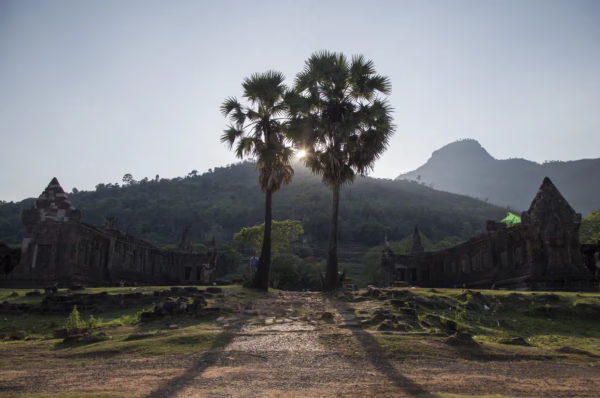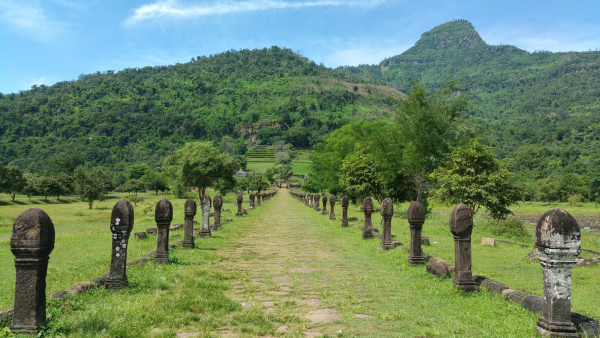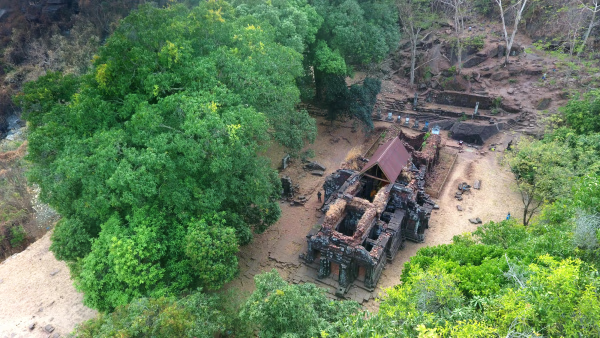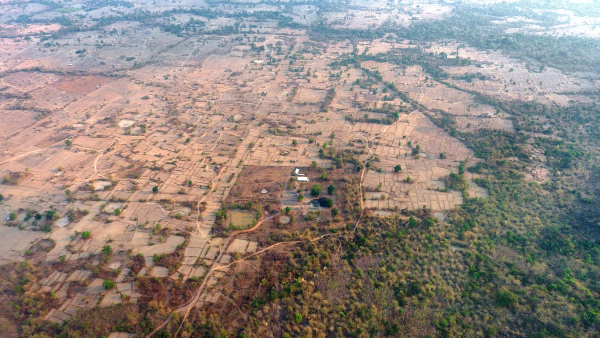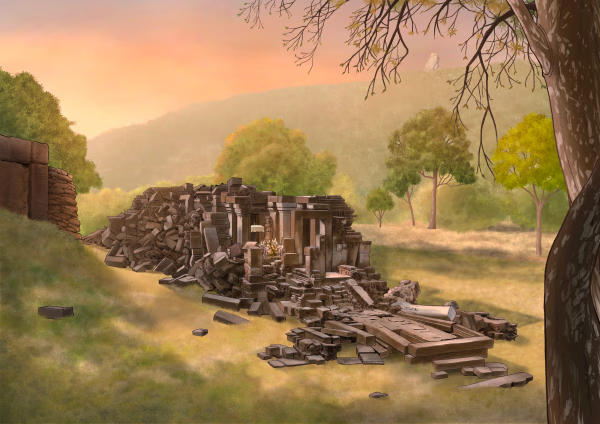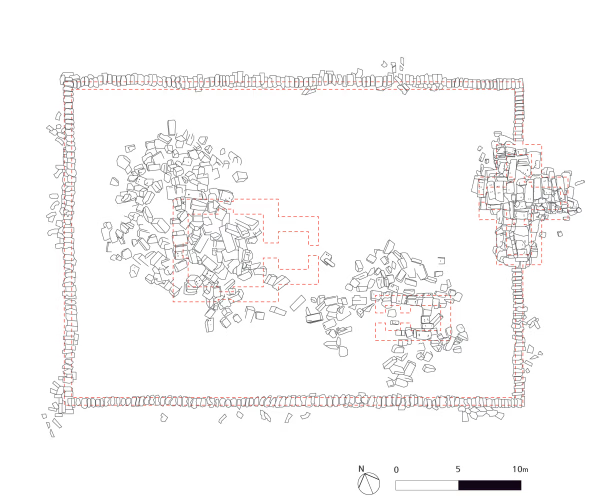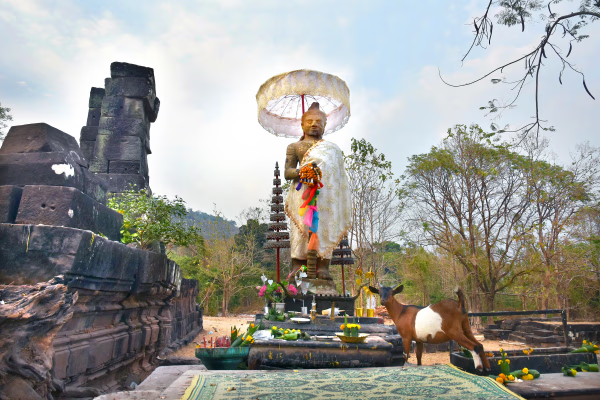
Vat Phou-Champasak Site Exploration Itinerary
ancient cities, temples, the forests of attendants, hospitals and ancient roads
Published 2024.08.14 by 유다연
ອະທິບາຍ
The pilgrimage journey from the World of Humans to the World of Saints, the World of Gods, and the World of Emptiness
The highlight of the Vat Phou-Champasak site is, without a doubt, the Vat Phou temple complex. In fact, visiting this temple complex is considered one of the highlights of a trip to Laos as a whole. However, as this site has served as a sacred place for thousands of years, revered by many as a site of folk belief, Hinduism, and Buddhism, it is important to explore it with a respectful attitude and in a calm manner. It is recommended to take your time, reflect on the devotion of those who come to pray, and occasionally sit under the shade of a tree to immerse yourself in contemplation. For students majoring in ancient history or art, it offers a unique case study experience. Take a close look at the traces of labor from the local people accumulated over centuries, the design, quarrying, construction, sculpting, trial and error, and repairs, as well as the intricate Hindu myths carved on the temples and rocks. Observe the ancient landscape design, which carefully considered environmental factors, and imagine what it symbolizes. If you are a hardcore history enthusiast, you might want to seek out English translations of the ancient inscriptions found at the Vat Phou-Champasak site to understand their contents.
In the early morning, as you gaze upon the temple and the mountain, the sun will shine brightly behind you. At the entrance to the site lies a massive baray, where the water reflects the panorama of the Phou Kao Mountain range, including Lingaparvata, and the Vat Phou temple complex that stretches along the ridgeline. The entire temple area is designed with a gradual pilgrimage experience in mind, leading up to the main shrine dedicated to Shiva, the principal deity. The ancient engineers created a breathtaking panorama based on the Hindu cosmology. Experience the pilgrimage journey that progresses from the World of Humans to the World of Saints, the World of Gods, and finally the World of Emptiness. By the time you return to the World of Humans, the land, a spectacular sunset will be unfolding beyond the sacred mountain and temple complex.

The Vat Phou-Champasak site is a cultural landscape where the phrase "seeing the forest for the trees" fits better than at any other site. To fully explore the natural scenery of mountains, land, and rivers, as well as the cultural heritage that bears the traces of history from prehistoric folk beliefs to the turbulent modern history of Indochina, a 3-night, 4-day itinerary is recommended. The Vat Phou-Champasak site is easily accessible from Pakse, the base camp for southern Laos, being just about an hour's drive away. It is also worth considering taking a Mekong River cruise between Pakse and Champasak. The national highway connecting Pakse and Champasak is well-maintained, and along the road leading to the Vat Phou temple complex, there are many accommodations in Champasak Town and nearby villages, ranging from affordable lodgings to luxury resorts, making a 3 to 4-night stay convenient. Champasak Town was established near the ruins of the ancient city of Kurukshetra and later became the capital of the Kingdom of Champasak. On the day you arrive, it's recommended to leisurely explore the ruins of the ancient city, Buddhist temples built during the Champasak Kingdom, and French-style buildings and churches. A Lao beer enjoyed by the Mekong riverside at sunset will be a memory to cherish for a lifetime.
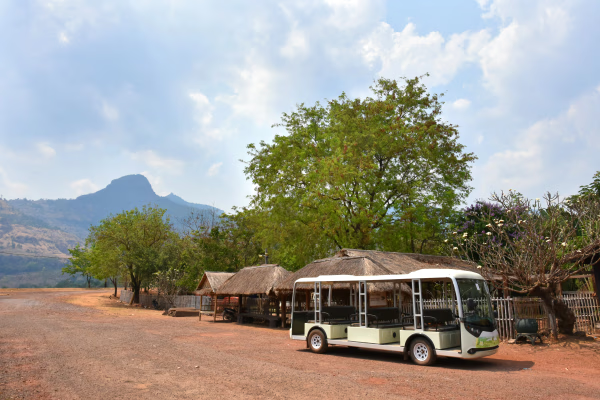
Spend one day calmly exploring the Vat Phou temple complex from morning until sunset. Then, dedicate another day to exploring the ancient sites along the road that once led to Angkor, using a scooter, bicycle, or tuk-tuk (three-wheeled taxi).
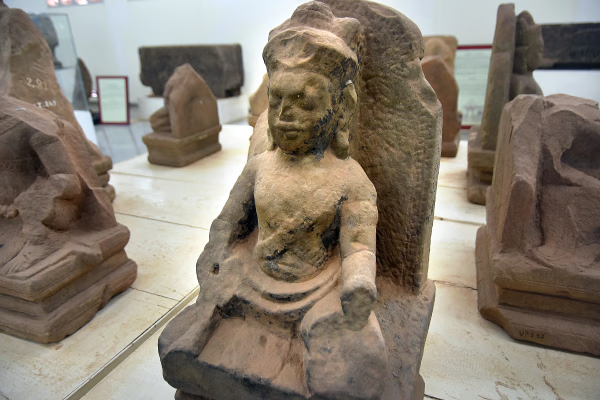
On another day, I recommend visiting the museum that exhibits artifacts excavated from the Vat Phou-Champasak site, and then taking a guided tour of the Hermit's Forest area with the assistance of the museum staff. Although there are hiking trails and signposts along the way, the Hermit's Forest is quite deep and it's easy to lose your way. The museum information desk can recommend a guide if you inquire. The Hermit's Forest area includes the Oub Mong temple, Tham Lek rock shelter, and the Phou Pae waterfall ruins, which make for a rather strenuous round-trip journey of 7 to 8 hours. It's advisable to prepare as if you were hiking a mountain of similar difficulty to Bukhansan in Korea.
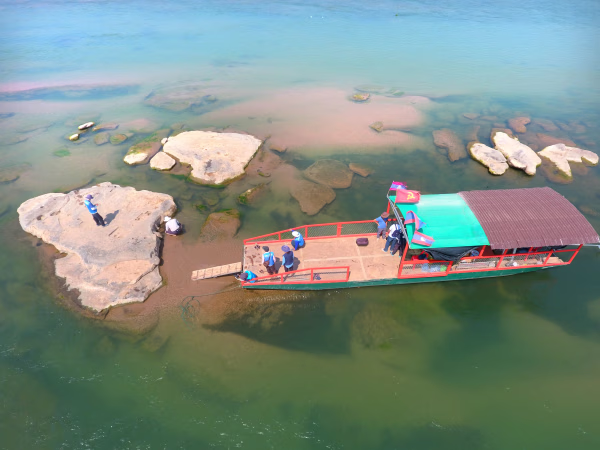
The next day, take a boat from Champasak Town to explore the Kanmakhuk Rock site on the Mekong River and the Tomo temple complex on the opposite bank. Since you might be tired from the previous day's climb, the best time to board the boat would be in the afternoon, around 2 or 3 PM. Depending on the boat schedule, the return journey after exploring the sites will coincide with sunset. Watching the sunset panorama over the sacred Lingaparvata mountain from the Mekong River will be one of the most memorable moments of your visit to the Vat Phou-Champasak site.
ບົດທີ
ການນິດສະການທີ່ກ່ຽວຂ້ອງ
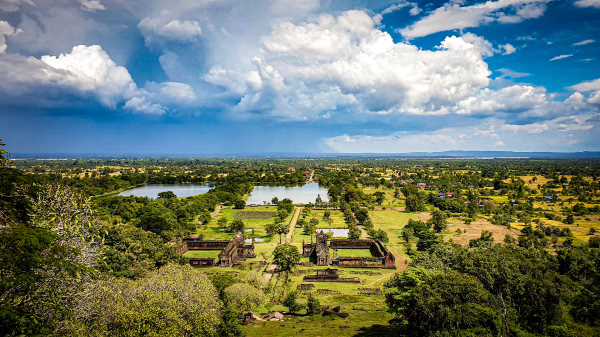
Natural History
Online Exhibition of the Vat Phou Champasak Ruins and the Excavation of Hong Nang Sida
The Vat Phou - Champasak site lies on fertile alluvial plains on the banks of the Mekong River, and its mountainous core is the eastern outlier of the Dângrêk Range, which is home to the Phou Kao Mountains that rise up to an altitude of 1,416 meters.
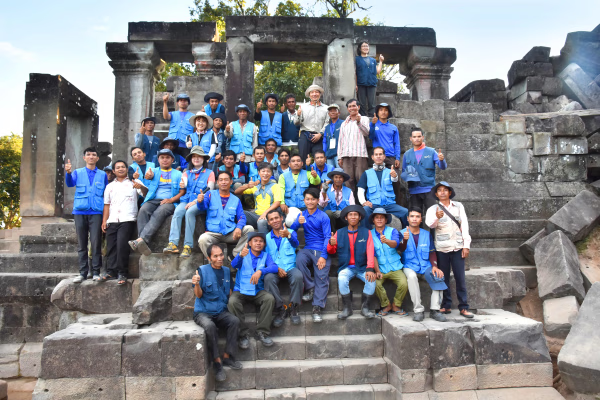
Natural History
Lao-Korea Cooperation Project : Hong Nang Sida Temple
Since 2013, the Cultural Heritage Administration and the Korea Cultural Heritage Foundation have been working on a heritage restoration project at the World Heritage Site “Vat Phou and Associated Ancient Settlements within the Champasak Cultural Landscape” in Lao PDR. The project focuses on restoring the collapsed stone structure called Hong Nang Sida, located in the southern part of the Vat Phou Temple Complex. This site, also known as the “Temple of Princess Sida,” is gradually regaining its original appearance thanks to the ongoing restoration efforts by a Korean research team.
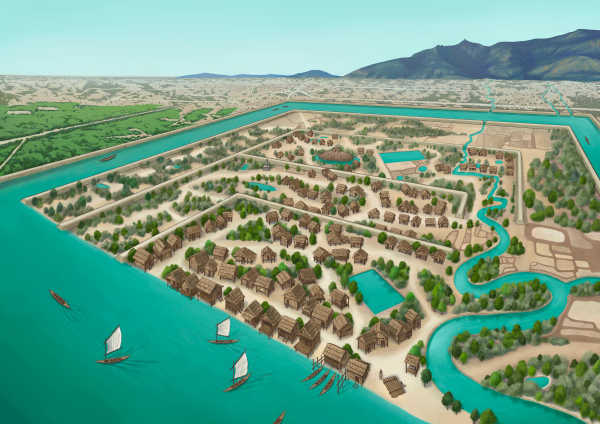
Natural History
Sacred River
The archaeological site of the ancient city is situated on the plains adjacent to the Mekong River. The city was surrounded by two layers of brick and earthen ramparts, with a moat in between. These ramparts measured approximately 2.4 km from north to south and 1.8 km from east to west, with the best-preserved sections standing up to 6 meters high and 14 meters thick. The walls and moats were likely constructed to manage and utilize the waters from the Phou Kao Mountains' tributaries.
